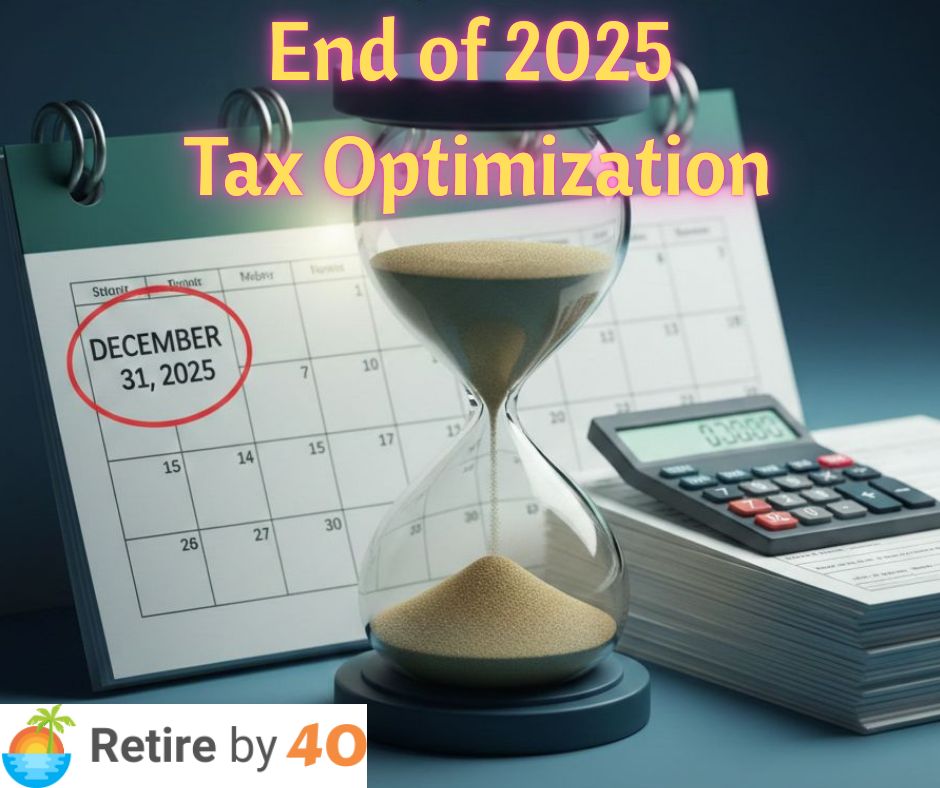Most of us are biased. We scan the world, making emotional and often automatic judgments about people based on factors like gender, race and socio-economic status. We misjudge people. When it comes to hiring, this can result not only in unfair decisions that penalize deserving candidates, but to more homogenous—and less creative and productive—groups of employees.
As we approach International Women’s Day on March 8, it is worth considering how such biases affect women and the workplace. Within the S&P 500, only 4.8% of women are CEOs and only 11% are top earners. In Latin America and the Caribbean, the picture is similarly disheartening. Only 17% of top executives in the region’s corporations are women, while 48% of all businesses in Latin America lack any female representation at the leadership level.
The problem is not only that some businesses may unconsciously prefer male over female candidates. The expectations and stereotypes that people have about men versus women (e.g. rational vs. emotional, individualistic vs. collaborative) play a huge role. Given that men have historically dominated the workplace in most fields and industries, a preferred candidate’s profile often looks and behaves more like a man than a woman. In fact, research has shown that biases lead us to expect women to be better at stereotypically female jobs, such as nursing, and men at stereotypically male jobs, such as engineering.
This may result in fewer new ideas and perspectives, including at the leadership level, and less inventive and dynamic operations. For example, a study released last year by McKinsey & Company, covering more than 1000 companies around the world, found that companies in the top-quartile for gender diversity in executive teams were 21% more likely to be more profitable and were also more likely to have superior value creation.
What then can be done to root out such harmful biases? Gender quotas and diversity trainings have frequently been recommended. But, the former are usually politically unacceptable and the latter are extremely expensive and allegedly ineffective. Another approach, however, shows great promise. It involves the insights from behavioral economics:
- Understand your biases
Have you ever taken an implicit bias test to discover your prejudices? If you haven’t, start by identifying them. But being aware of them is not enough. Instead of trying to get rid of biases one person at a time in your organization, experts like Shelley Correll, director of the Clayman Institute for Gender Research at Stanford University, recommend using a more systematic approach that involves redesigning your hiring and organizational processes.
- Rework your job descriptions
Examine your job postings and experiment with the wording by removing adjectives closely associated with a particular gender. For example, research shows that masculine language, including adjectives like competitive and determined, results in women perceiving they are not competent enough and may well discourage them from applying for a job. On the other hand, words like collaborative and cooperative tend to draw more women than men.
- Use blind hiring processes in the resume review and, if possible, interviews
Use blind, systematic process for reviewing applications and resumes—including special software programs—that can prevent demographic information from skewing results.
A good example of how blinding can help improve diversity comes from the world of music, where physical screens are used to hide the identity of a musician auditioning for a part. This has resulted in more women at the highest rungs of classical music. Indeed, after they were introduced in the United States in the late 1970s, female representation in top orchestras increased from 5% to more than 30% today, with screens being responsible for almost half of the increase, according to a Harvard study.
- Give a work sample test
Introduce tests to assess if the candidate can perform the tasks they will be doing on the job. These, according to experts, may be the best indicator of future job performance. In fact they are superior to traditional resumes, which often rule out candidates for factors unrelated to their ability to do the job.
- Standardize interviews
Rely on a structured interview that standardizes the process among candidates. Pose the same set of questions in the same order to all candidates. This eliminates (some) subjectivity. Research shows that unstructured interviews, with undefined questions where a candidate’s experience and expertise are meant to unfold organically through conversation, often fail to predict job success. In fact, unstructured interviews are the worst predictors of actual on-the-job performance—far less reliable than general mental ability tests, aptitude tests, or personality tests.
Then, score the candidate immediately after the interview. This will reduce many biases related to how people store information and remember details.
- Use joint-evaluation procedures
Evaluate candidates simultaneously and compare them systematically. It makes a difference whether candidates are compared against each other or evaluated separately. Joint evaluation reduces the gender gap, mainly in senior-level hires and promotions where qualitative assessments are permeated with stereotypes from evaluators.
A Harvard study found that in an individual assessment, participants consistently hired men over equally or more qualified women for an assignment in mathematics based on the perception that women are not as skilled at math. The exact opposite effect was observed in hiring women for a verbal assignment. But when the experiment was run again using joint-evaluation procedures where male and female candidates were directly compared against each other, the gender gap virtually disappeared.
Artificial Intelligence
In recent years, human resources departments have been turning increasingly to artificial intelligence to help improve hiring processes. But the way artificial intelligence is programmed using historical data can reproduce the same biases, as Amazon discovered recently when it scrapped an automated program. That is because in traditionally male-dominated fields, an algorithm using historical data will teach itself to prefer men’s resumes over women’s.
Only the future will tell if such programs can be made more effective and gender neutral. In the meantime, basic behavioral insights into eliminating bias can go a long way to making hiring more equitable and impartial and, in the process, improving the performance of employers that inevitably benefit from having a diverse workforce.
Publisher: Source link











